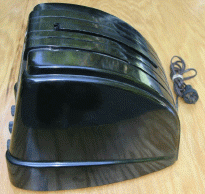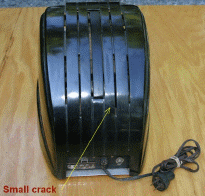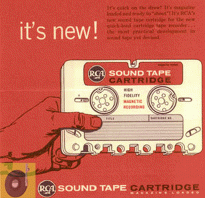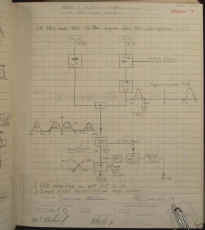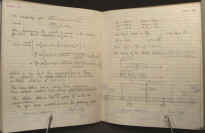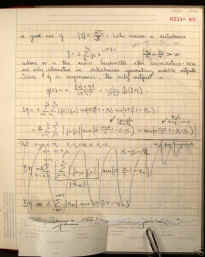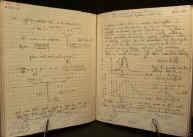|
Be sure to look at all items on this page and also click on the links above! |
||||||
|
American Marconi Stock Certificate. This company was to become RCA after WW1.
(click photo for larger view) A great 30s sidewalk metal advertising sign that is on display in the RCA display at SMECC.
Notice this cloth hanging banner seen at another site has the same design!
This is a later advertising cloth banner probabay form the 50s or 60s.
A STRANGE GOVERNMENT CONTRACT By Ivan Saddler
|
||||||
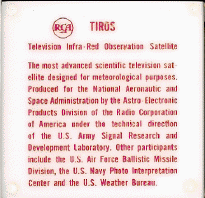
 |
||||||
|
RCA COSMAC 1802 Based Data terminal. |
||||||
|
RCA Wire Recorder Model M1 A reusable plug-in cartridge, loaded with a fine, steel
wire recording medium, recorded up to one-half hour of information. (click photo for larger view)
We need any manuals, brochures, servicing information or history from people that have used one of these units.
http://www.videointerchange.com/wire_recorder1.htm |
||||||
| The
RCA Cassette
Odd item this, a 6,3mm 4 track tape enclosed in a cassette that can only be described as an oversize Compact Cassette, remarkably similar in fact. Introduced by RCA in ca 1957, mono versions of this unit sold well in the US as a cheap alternative to an open reel recorder, but the stereo version bombed mainly due to dismal sound quality. This meant that while sales of recorders where reasonable enough for the company to continue, the lack of software sales killed the format (RCA being a record company as well as a hardware one). Mono recorders of this type are common enough as to be semi worthless, I have been able to find at the least 1 item on sale at any given time on ebay, but the stereo versions are very hard to get hold of and seem to command fairly high prices, but since software for the format appears to have only been released for a couple of years or so and given that none are known to be unique to the format, this item remains a curiosity only. P.S. it's often stated that the name of the format is "Sound Tape", that's incorrect, that is simply the trademark that the company used for blank tape both before and after the introduction of the RCA cassette. archived from http://audiotools.com/oldf.html This is an interesting web site offering information on many audio formats.
|
||||||
|
(click photo for larger view) |
The RCA tape cartridge, which looked like
a very large cassette, was the first mass-market stereo tape system in the
U.S. However, it appeared the same year as RCA's stereo disc, and the tape
system was not well supported by RCA's marketing or record divisions. It
would live on for many more years in the educational audio-visual field.
Educational versions of the records and tapes were available perhaps as
late as 1970.
Archived from http://www.recording-history.org/HTML/musictech8.htm This site has many informative works on the history of recording |
|||||
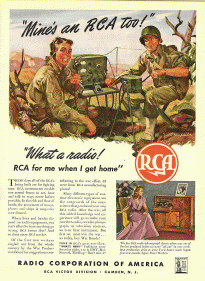 |
||||||
|
see RCA TV in other sections also
|
||||||
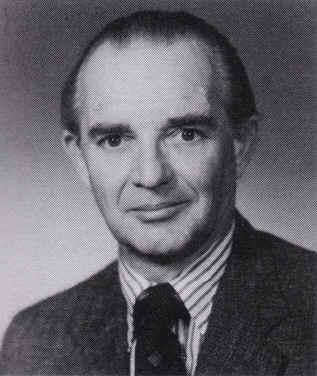
J. James GibsonJ. James Glbson received the B.Sc. degree (Civilingenjor) in
electrical engineering from the Royal institute of Technology, Stockholm,
Sweden and the M.Sc. degree (Teknologie Licentiat) from Chalmers Institute
of Technology, Gothenburg, Sweden. From 1946 to 1952 he was employed by
the Swedish Department of Defense engaged in research on antennas,
microwave circuits, and radar systems. As a fellow of the American
Scandinavian Foundation he worked for a year and a half at RCA
Laboratories, Princeton, New Jersey, where he contributed to the
development of TV transmitting antennas and to transistor circuits for
radio receivers. Upon his return to Sweden in 1954 he initiated and led a
transistor circuits research group at the Royal Institute of Technology,
where he also instructed in solid state circuits.
|
||||||
|
In Memoriam J ames Gibson, AES fellow, died at the age of 78 on May 23 at The Medical Center in Princeton, New Jersey. He was a central figure in the development of television.Gibson was born in St. Albans, England, but later lived in Belgium and Sweden. He lived in Princeton since 1956. He earned a bachelorís degree in engineering from the Royal Institute of Technology in Stockholm, Sweden, and a doctorate in electrical engineering.Gibson worked for RCA from 1956, conducting research and development of communication systems for technology and consumer electronics.In the 60s he was a leader in CMOS memory technology and in 1969 he became a fellow of RCA Laboratories. He worked on various information technologies for consumers including color television standards, RCA Videodisc, highdefinition television and antennas. Gibson received five awards fromRCA Laboratories for Outstanding Achievement for his technical contributions, including the development of multichannel television sound standards for the United States, for which he received an Emmy Award in 1986.In 1985 he received the David Sarnoff Award for Outstanding Technical Achievement for his numerous contributions to consumer electronics and broadcast systems.He was issued 31 U.S. patents and one Swedish patent.A fellow of the IEEE, Gibson also was a member of Sigma Xi Scientific Research Society. In 1985 he was awarded an honorary doctor-of science degree from Chalmers University of Technology in Sweden.After retiring in 1987 he worked as a consultant to Sarnoff Corp and for the FCC, where he was involved in the development of standards for stereo television. He is survived by his wife, two sons and a daughter.
|
||||||
http://www.aes.org/e-lib/browse.cfm?elib=1759
|
||||||
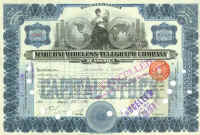
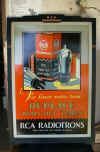
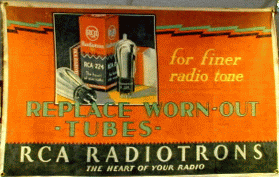
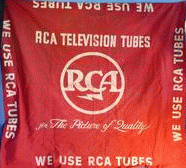

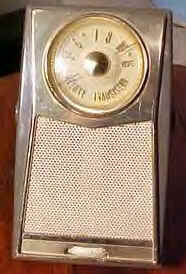
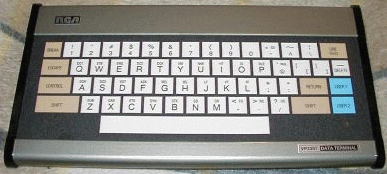 The
Nipper Page!
The
Nipper Page!

